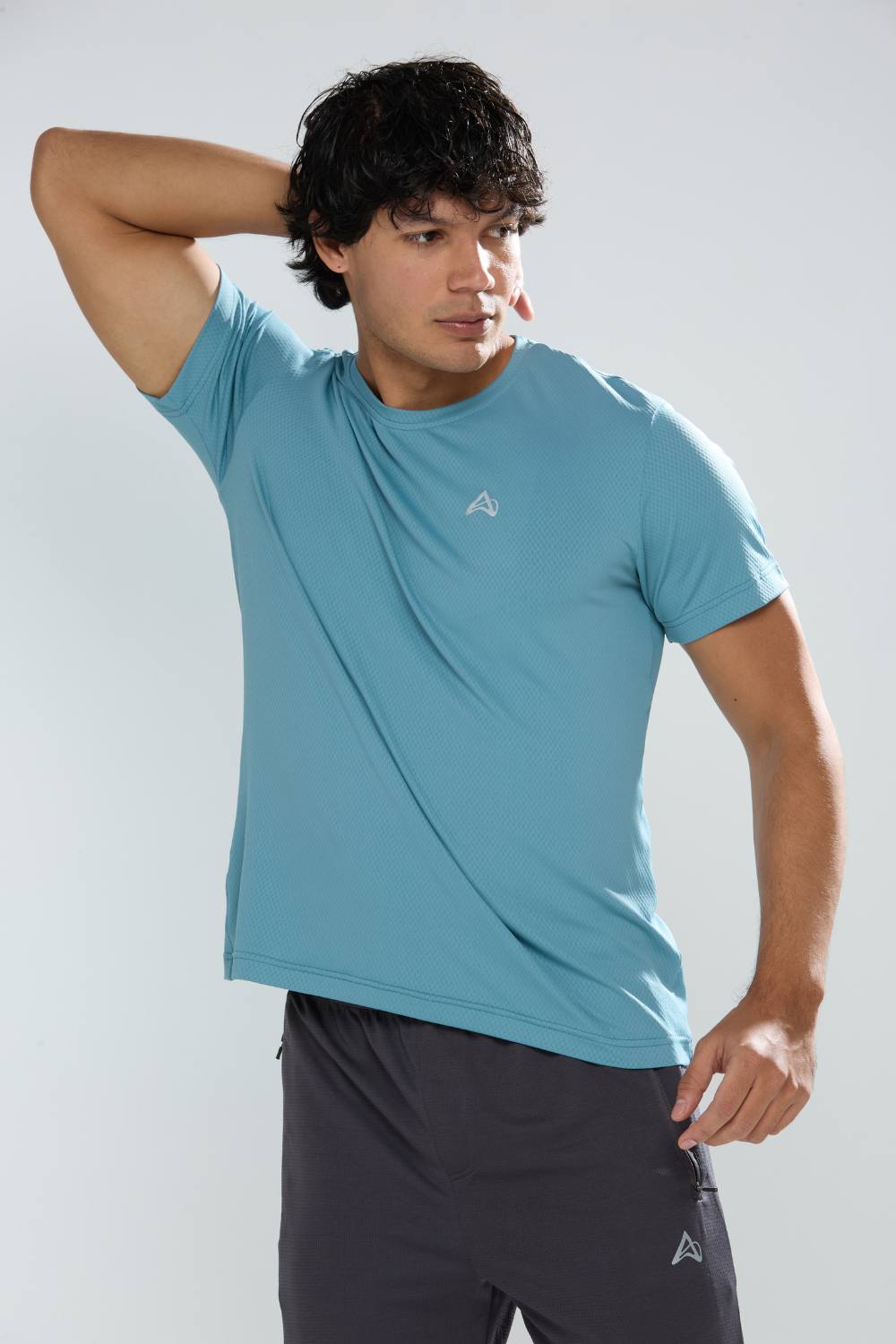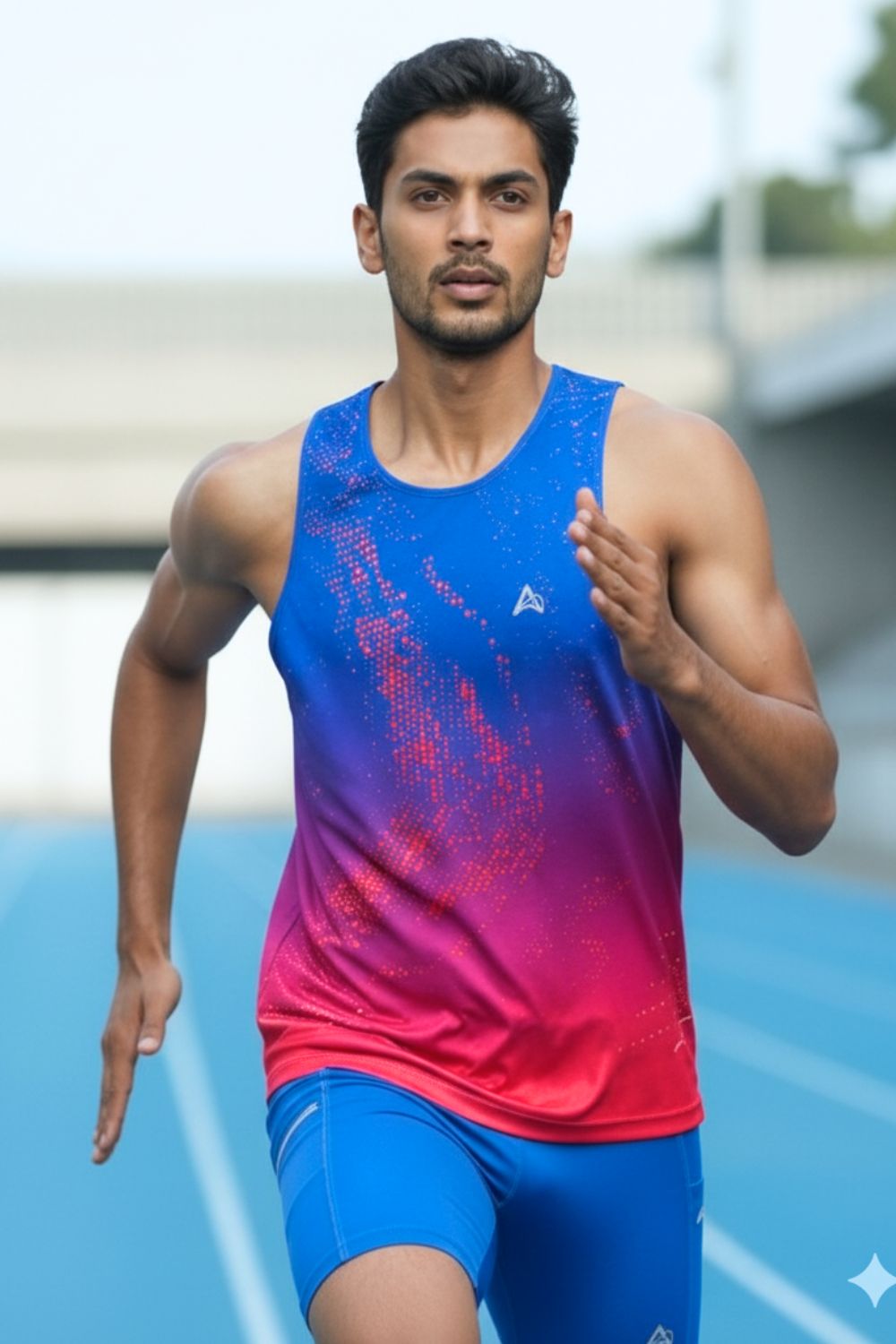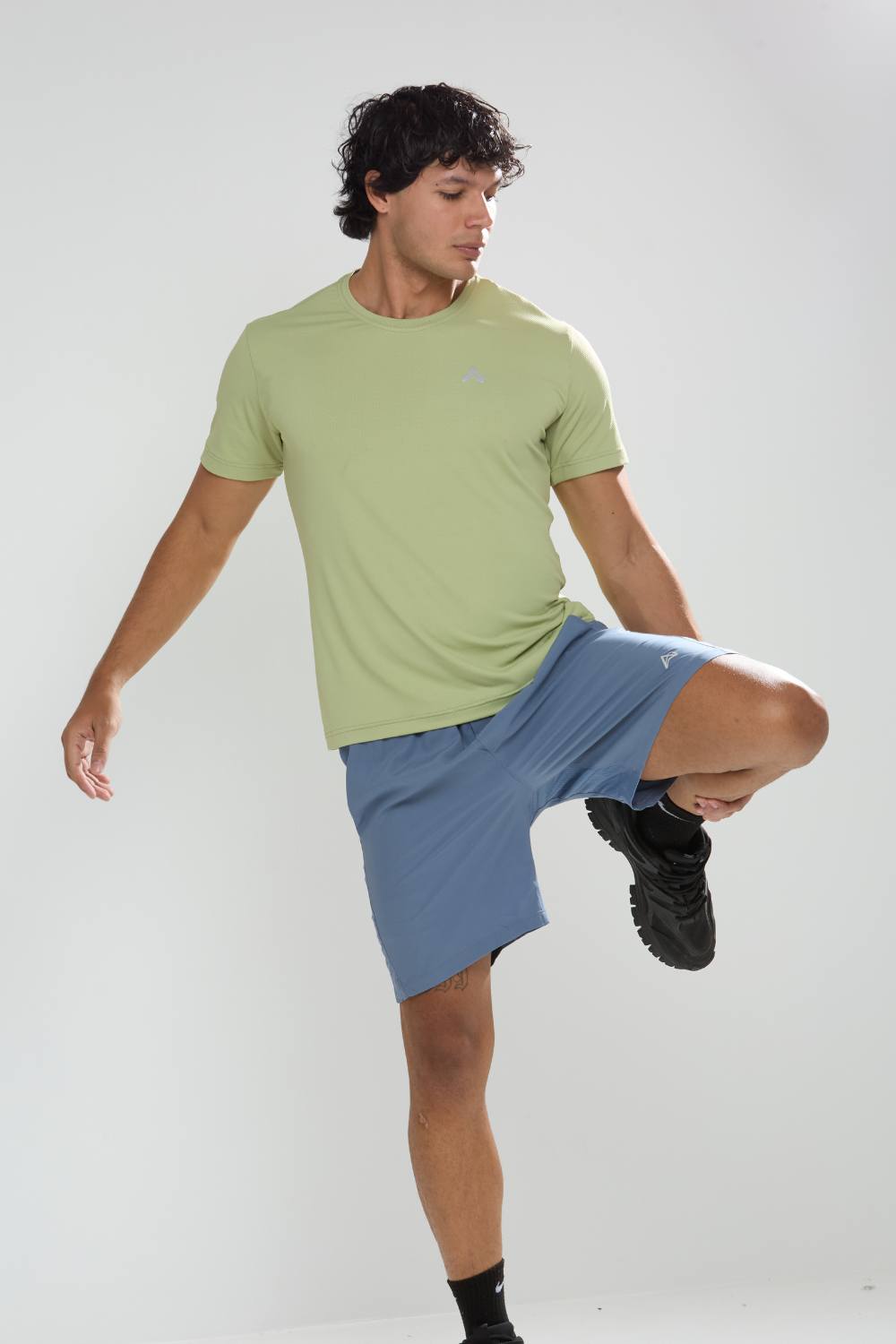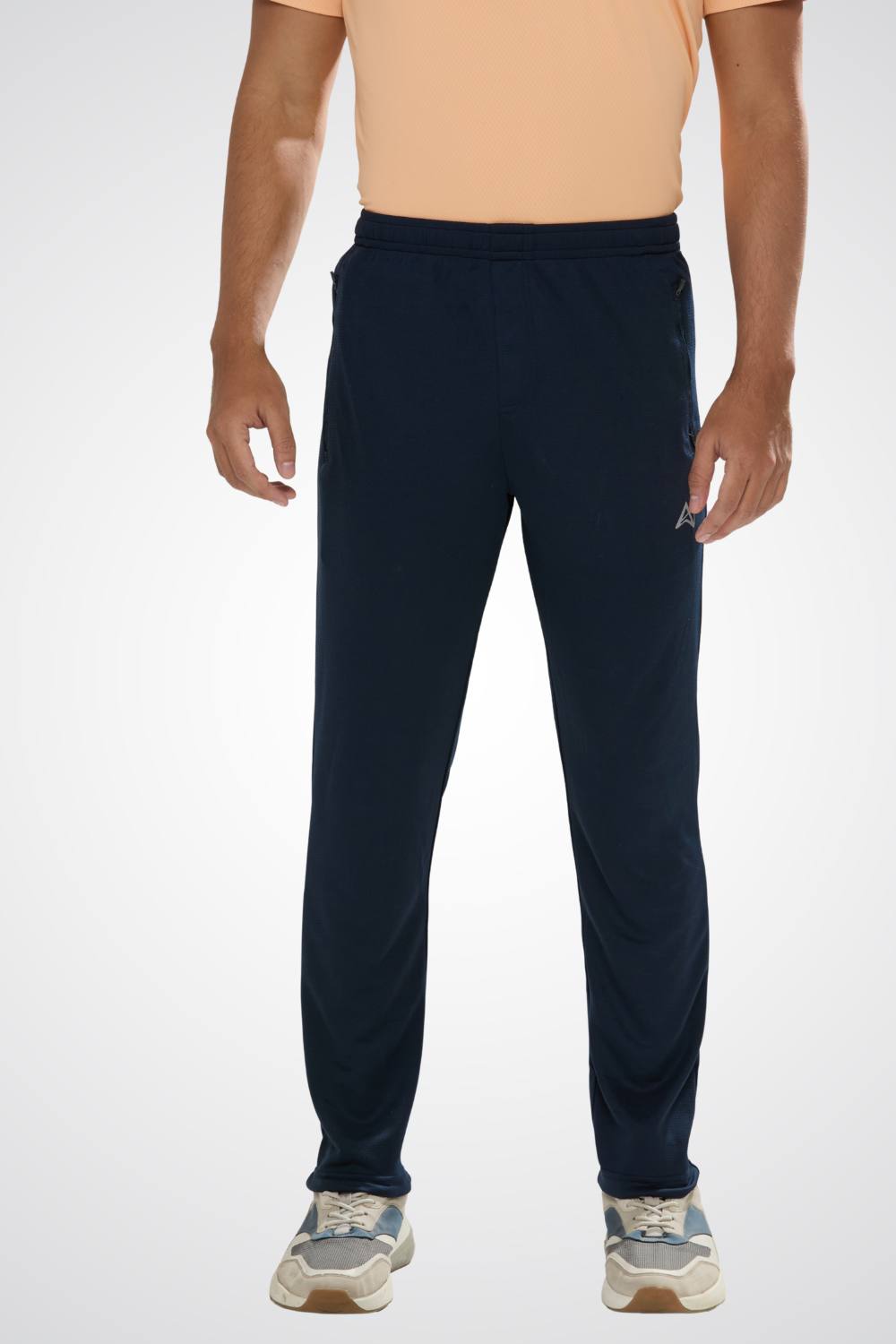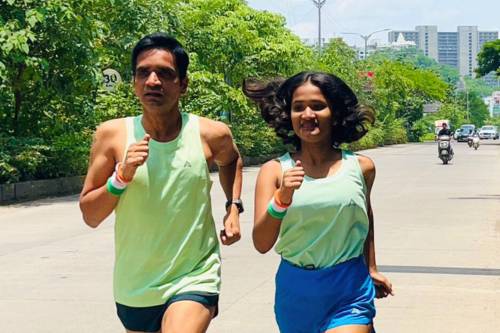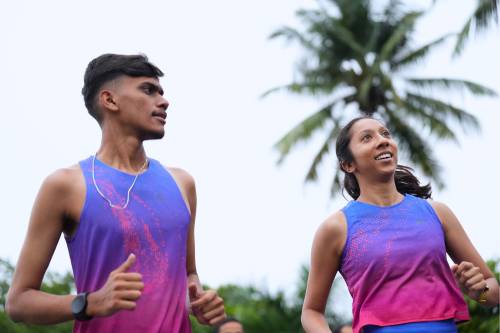Quick Listen:
In the predawn haze of Mumbai's Marine Drive, the steady cadence of footfalls echoes against the sea wall as runners push through the humidity, chasing personal bests and a sense of community. This scene repeats in parks across Bangalore, Delhi, and Hyderabad, where marathons have evolved from rarities to regular fixtures, drawing crowds that rival major festivals. India's fitness landscape is transforming, with running at its core a movement that's not only reshaping bodies but also the apparel that clothes them. Amid this surge, local activewear brands are emerging as frontrunners, offering gear tuned to Indian realities, from scorching heat to monsoon downpours, all while challenging the dominance of international giants.
Tired of gear that slows you down? Chafing, soggy fabrics, and missing pockets kill your run's momentum. At Aguante, we're runners who get it. Our high-performance activewear features moisture-wicking fabrics, ergonomic designs, and smart storage to keep you focused. Shop Now!
Running Community in India Turns to Homegrown Activewear Brands
India's passion for running has exploded in recent years, particularly in the post-pandemic era, as urban dwellers embrace outdoor activities for health and social connection. According to Strava's 2023 Year In Sport Trend Report, the nation experienced a remarkable 59 percent year-on-year increase in running club activity, positioning it among the global leaders in outdoor fitness growth. Events like the Mumbai Marathon now attract over 50,000 participants, while India ranks among the top three countries in the grueling Comrades Ultra Marathon, underscoring a deep-rooted endurance culture. Social media platforms overflow with images of 5K achievements and marathon triumphs, fueling a vibrant ecosystem of community groups in metro hubs such as Pune, Bangalore, Mumbai, Hyderabad, and Delhi.
Yet, this enthusiasm has highlighted a gap: suitable gear. Many runners grapple with imported options that falter in India's climate synthetic fabrics that trap sweat under relentless sun, ill-fitting sizes not aligned with local body types, and premium prices that strain budgets. Homegrown brands are filling this void, delivering performance-oriented, affordable alternatives that resonate culturally and practically. This shift aligns with broader market dynamics, where health awareness, urbanization, and rising incomes drive demand.
The India running gear market achieved a valuation of USD 2.4 billion in 2024 and is forecasted to expand to USD 4.8 billion by 2033, achieving a compound annual growth rate of 7.71 percent from 2025 to 2033. This expansion stems from heightened health consciousness, greater involvement in fitness pursuits, urban expansion, increasing disposable incomes, the appeal of leisure running, the spread of marathons and community races, athlete-backed promotions, and the surge in online shopping. Recent developments, such as the July 2025 launch of Khelo Bharat Niti 2025 by the government, emphasize sports integration into daily life, prioritizing rural areas, underserved groups, and women's participation, further boosting the sector. Technological innovations, including lightweight materials, impact-absorbing soles, smart wearables, and sustainable practices like recycled fabrics, are also key contributors.
In parallel, the wider India sports apparel market stood at USD 705.85 million in 2024 and is projected to climb to USD 1,592.58 million by 2030, with a robust CAGR of 14.52 percent. Factors propelling this include growing fitness awareness evidenced by obesity rates of 24 percent among women and 23 percent among men as per the 2019-21 National Family Health Survey along with urban lifestyles, gym enrollments, marathon popularity, and youth sports engagement. The rise of athleisure, supported by e-commerce (valued at USD 70 billion, or 7 percent of retail), and government programs like Fit India Movement, amplify demand for versatile, performance-driven clothing. Consumers favor moisture-absorbing, flexible, and fashionable items suitable for workouts and everyday wear, with a tilt toward sustainability using organic cotton and recycled polyester, expected to grow at 5 percent CAGR through 2031.
The Surge of Urban Running Culture
Running transcends mere physical activity in India; it's a communal ritual fostering bonds and well-being. Crowded start lines at events like the Wipro Bengaluru Marathon reflect this, where participants from diverse backgrounds unite in pursuit of health. Gym memberships have skyrocketed, bolstered by initiatives promoting sports, turning running into a daily habit amplified by social media shares of training logs and victories.
As communities expand, so does the need for gear resilient to India's varied environments intense heat, heavy rains, and uneven paths. Local innovators respond with features like advanced wicking materials, night-visible elements, and storage solutions for endurance runs. These offerings, crafted for local conditions, provide breathable, cost-effective alternatives that global brands often overlook.
Market segmentation reveals regional dynamics: North India leads in adoption, followed by West, Central, South, and East regions. Products span footwear, apparel, accessories, and trackers; gender categories include male, female, and unisex; channels encompass specialty stores, hypermarkets, discount outlets, online platforms, and more. North India dominates the sports apparel space too, with urban centers like Delhi driving trends in versatile items like T-shirts.
Why Homegrown Brands Are Accelerating Ahead
Stroll through a sports boutique in Delhi or scroll an online store, and the evolution is evident: indigenous labels are claiming prominence beside global names. Their edge lies in value and pertinence delivering top-tier performance at fractions of international costs, attracting discerning yet budget-conscious buyers. The "Made in India" ethos strikes a chord, especially with millennials proud to bolster domestic enterprises.
Brands like Aguante, founded in 2018 by marathoner Manoj Thakur, exemplify this. Focused on runners, it prioritizes function with designs adapted to local weather, body dynamics, and needs, eschewing flashy endorsements for runner-informed innovation. Similarly, Bliss Club leads women's activewear with cult-favorite leggings and inclusive sizing, addressing the rising female participation in fitness. Spirit Animal pushes boundaries with sizes up to 6XL, emphasizing quality and inclusivity.
Partnerships amplify reach: PUMA's May 2025 tie-up with Mumbai and Bengaluru marathons provides training and apparel, while Virat Kohli's investment in Agilitas Sports expands One8 globally. Eco-focused lines from brands like CarbonTree use sustainable materials, aligning with consumer shifts toward green products. Region-tailored innovations, such as rain-resistant fabrics for monsoons or heat-regulating tops, make gear feel bespoke.
Navigating the Hurdles
Progress notwithstanding, obstacles persist. Global competitors wield superior R&D and marketing resources, mastering technologies like advanced compression and superior ventilation. Local firms struggle with production scaling, quality consistency, and dispelling doubts about longevity. Prestige of brands like Nike often sways buyers despite higher costs.
Logistics challenge smaller players, even as e-commerce thrives. Building loyalty demands unwavering standards and strategic outreach. Yet, these trials forge resilience, pushing brands to innovate authentically.
Seizing Strides Forward
Opportunities abound amid challenges. Urban India's growing wealth supports premium-affordable buys, while online platforms democratize access. Ties with apps, wellness programs, and events foster ecosystems. Export prospects lure diaspora with culturally attuned gear.
Customization trends personalized fits and tech-infused apparel like sensor-embedded clothes cater to tech-savvy users. Women's segment surges, with specialized items like sports bras gaining traction. Entries like Lululemon's planned 2026 launch and Frasers Group's store expansions signal market vitality.
Crossing the Finish Line
As dawn breaks over Bangalore's Cubbon Park, groups in locally branded attire embark on runs, symbolizing a self-reliant fitness era. Experts foresee sustained growth in sports apparel, propelled by authenticity and innovation. Homegrown labels, emphasizing value, performance, and connection, are leading the charge. Beyond projections of USD 1.59 billion by 2030, this narrative is about empowerment Indian runners forging identities, with gear that truly fits. Through continued evolution, these brands could influence worldwide trends, proving India's stride in activewear.
Frequently Asked Questions
Why are Indian runners switching from international to homegrown activewear brands?
Indian runners are increasingly choosing local activewear brands because they offer performance gear specifically designed for India's climate challenges from scorching heat to monsoon downpours. These homegrown brands provide high-quality, functional apparel at more affordable prices compared to international giants, while also offering better fits tailored to local body types and cultural preferences.
How big is India's running gear market and what's driving its growth?
India's running gear market was valued at USD 2.4 billion in 2024 and is projected to reach USD 4.8 billion by 2033, with a compound annual growth rate of 7.71%. This explosive growth is driven by increased health consciousness, urbanization, rising disposable incomes, the popularity of marathons and community races, and government initiatives like the Khelo Bharat Niti 2025 that promote sports integration into daily life.
Which Indian activewear brands are leading the running community trend?
Several homegrown brands are gaining prominence among Indian runners, including Aguante (founded by marathoner Manoj Thakur in 2018), which focuses specifically on runner-informed innovation and local weather adaptation. Bliss Club leads women's activewear with popular leggings and inclusive sizing, while Spirit Animal emphasizes quality and inclusivity with sizes up to 6XL. These brands prioritize function over flashy endorsements, creating gear that resonates with local running communities.
Disclaimer: The above helpful resources content contains personal opinions and experiences. The information provided is for general knowledge and does not constitute professional advice.
You may also be interested in: Anti-Chafing Running Shorts Gain Favor Among Athletes
Tired of gear that slows you down? Chafing, soggy fabrics, and missing pockets kill your run's momentum. At Aguante, we're runners who get it. Our high-performance activewear features moisture-wicking fabrics, ergonomic designs, and smart storage to keep you focused. Shop Now!
Powered by flareAI.co





